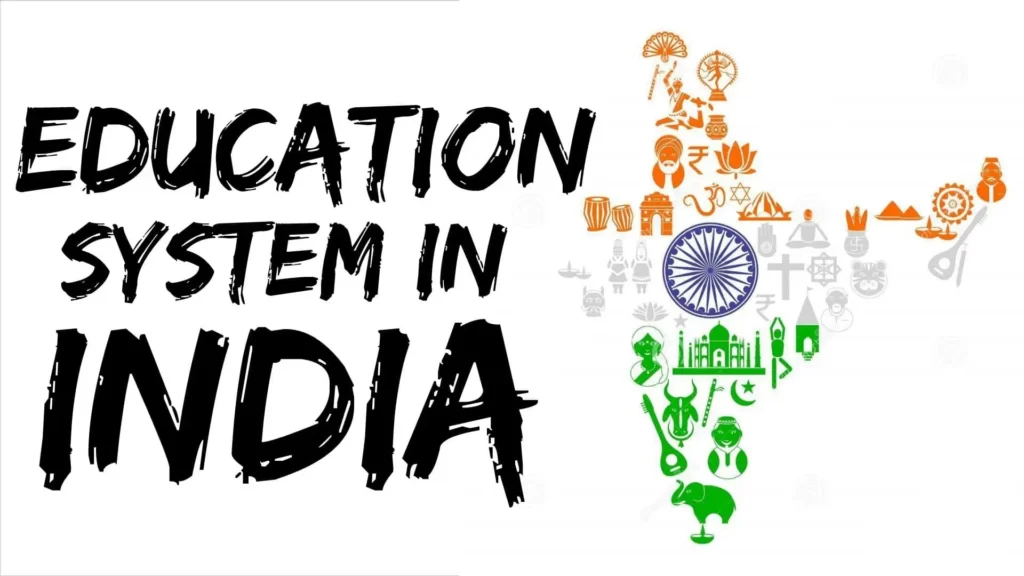
The Indian Education System: An Overview
The Indian education system is one of the oldest and most diverse in the world. With a history that dates back thousands of years, it has seen numerous transformations, yet certain foundational elements remain intact. This article delves into the various facets of the Indian education system, tracing its evolution, discussing its structure, and examining its challenges and achievements.
Historical Background
India’s ancient educational institutions, such as Takshashila and Nalanda, were renowned centers of learning, attracting scholars and students from various parts of the world. These institutions emphasized a holistic approach to education, combining subjects like philosophy, mathematics, astronomy, and medicine. The Gurukula system, where students lived with their teachers in ashrams, also played a pivotal role in shaping the educational ethos of the country.
Structure of the Modern Indian Education System
Today, the Indian education system is broadly categorized into:
- School Education:
- Primary Education (Class 1-5): Focuses on foundational skills like reading, writing, and arithmetic.
- Secondary Education (Class 6-10): Provides a broader curriculum including subjects like science, mathematics, social sciences, and languages.
- Higher Secondary (Class 11-12): Pre-university education with specialized streams like Science, Commerce, and Humanities.
- Higher Education:
- Undergraduate Programs: Bachelor’s degrees in various disciplines.
- Postgraduate Programs: Master’s and doctoral degrees in specialized fields.
- Vocational and Technical Education:
- Offers specialized training in areas like engineering, medicine, agriculture, and more.
Key Features and Challenges
Strengths:
- Diversity: The system offers a wide range of subjects and courses, catering to diverse interests and career aspirations.
- Emphasis on STEM: There is a significant focus on Science, Technology, Engineering, and Mathematics (STEM) fields, producing a large pool of skilled professionals.
- Global Recognition: Institutions like the Indian Institutes of Technology (IITs) and Indian Institutes of Management (IIMs) have gained international acclaim.
Challenges:
- Access and Equity: Disparities exist in terms of access to quality education, with urban areas having better facilities than rural regions.
- Quality of Education: While there are premier institutions of excellence, the overall quality of education in many schools and colleges needs improvement.
- Curriculum Relevance: Critics argue that the curriculum often lags in terms of relevance to real-world needs, leading to a gap between academic learning and practical skills.
Recent Reforms and Initiatives
In recent years, the Indian government has introduced several reforms to address the challenges faced by the education system:
- National Education Policy (NEP) 2020: A comprehensive policy aimed at revamping the entire education landscape, focusing on holistic development, multi-disciplinary learning, and global standards.
- Skill Development Initiatives: Emphasis on vocational training and skill development to make students job-ready and enhance employability.
- Digital Initiatives: Integration of technology in education through online platforms, digital classrooms, and e-learning resources.
Conclusion
The Indian education system, with its rich history and diverse structure, stands as a testament to the country’s commitment to knowledge and learning. While it has seen significant achievements and produced numerous scholars and professionals, there are areas that require attention and reform. With ongoing initiatives and a renewed focus on quality and relevance, the future of the Indian education system holds promise, aiming to empower the next generation with skills, knowledge, and values to navigate an ever-changing world.



